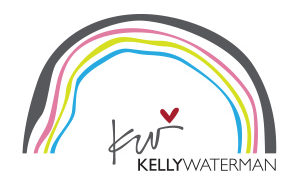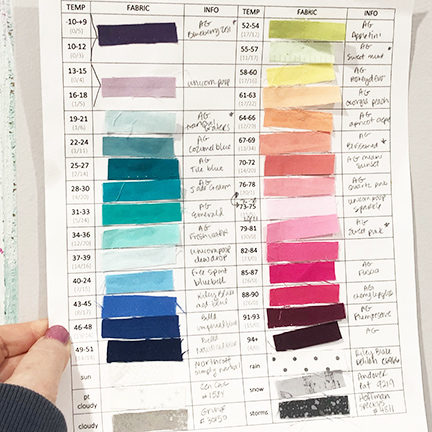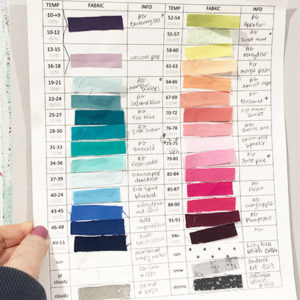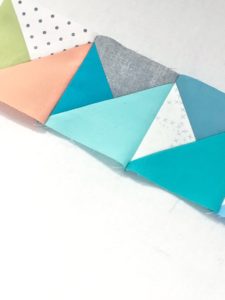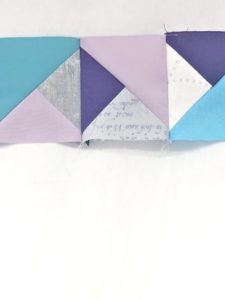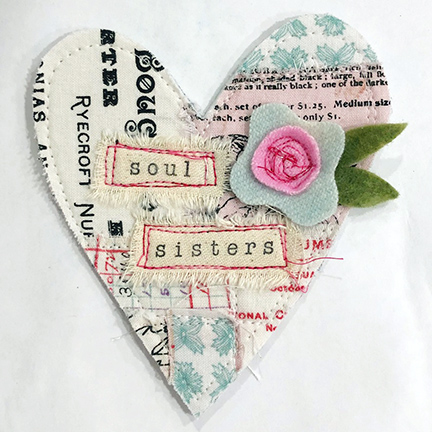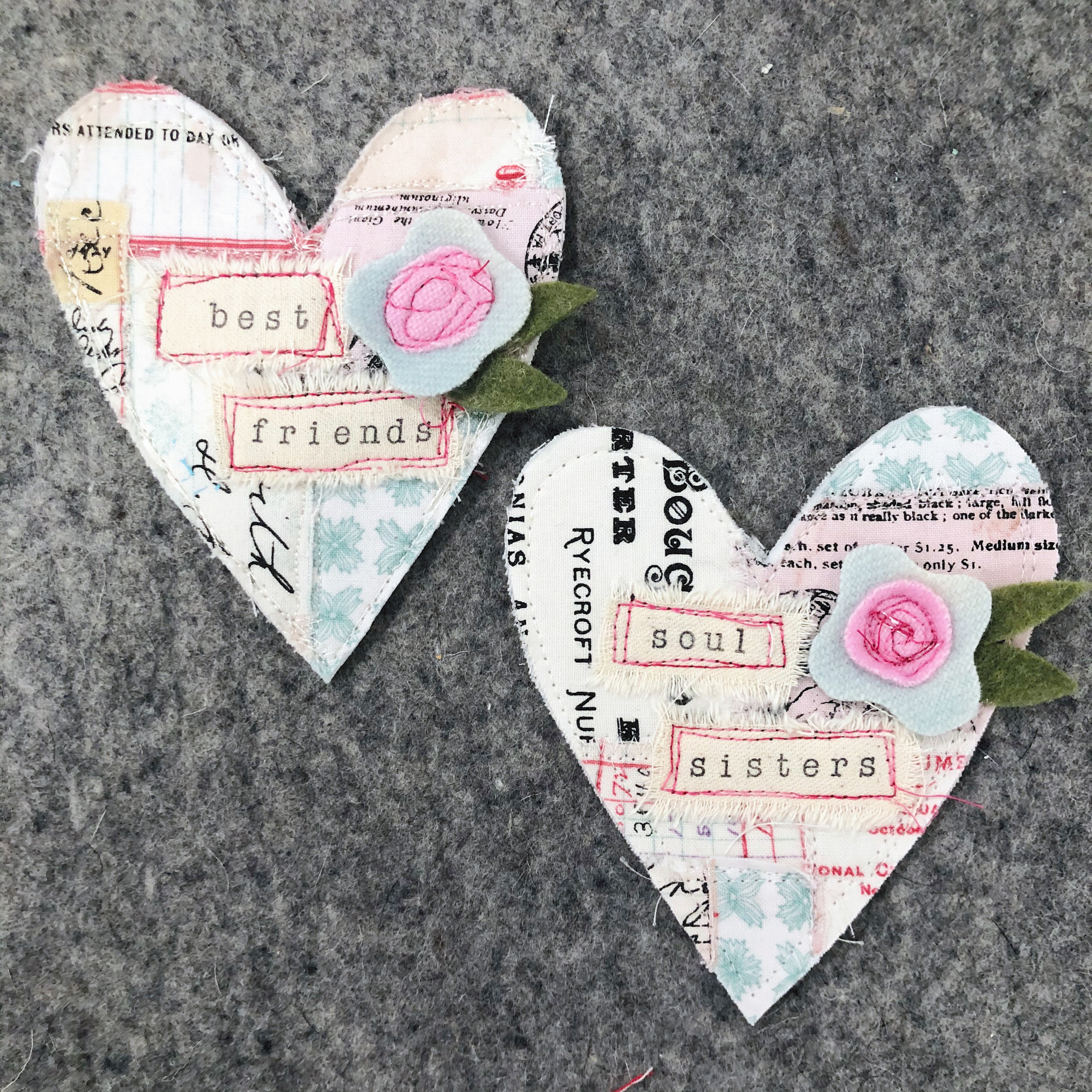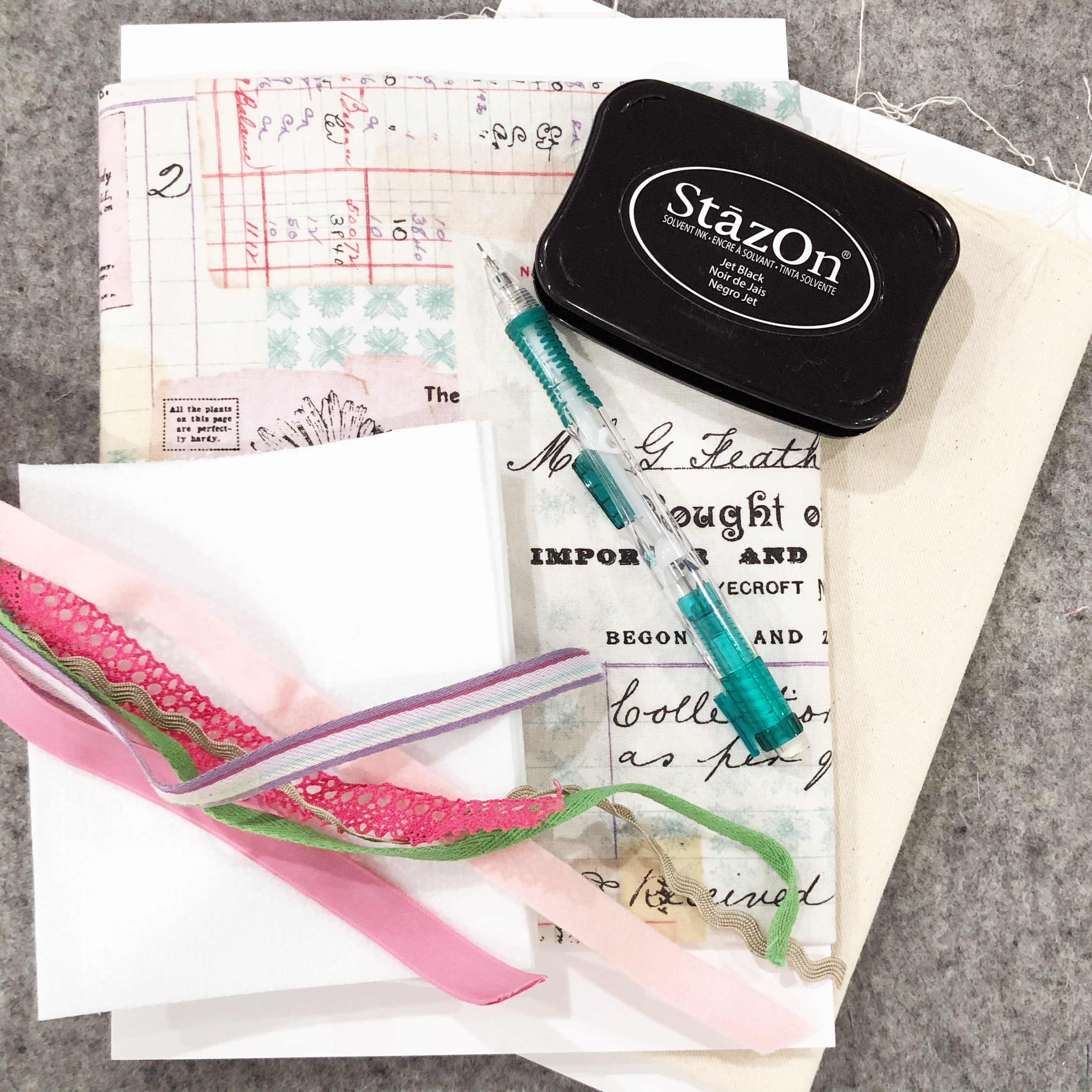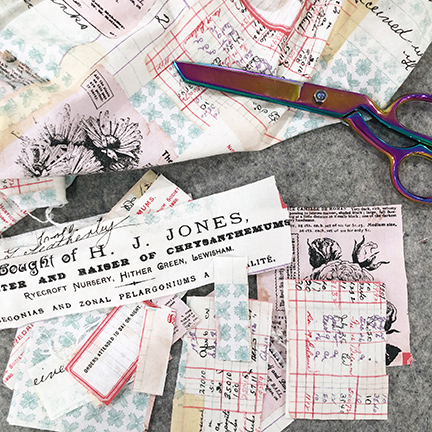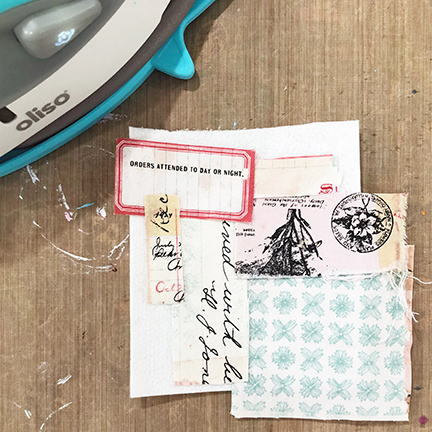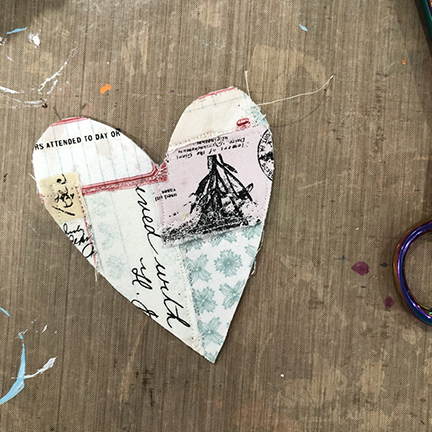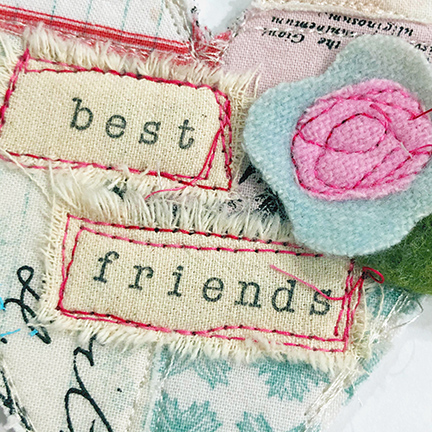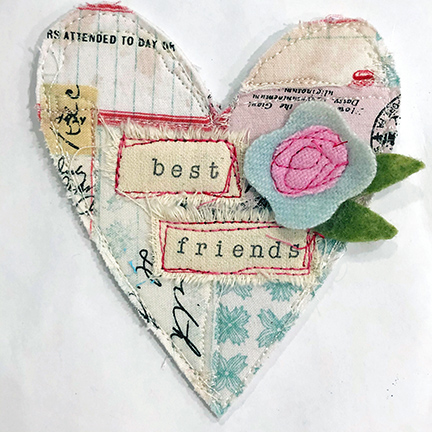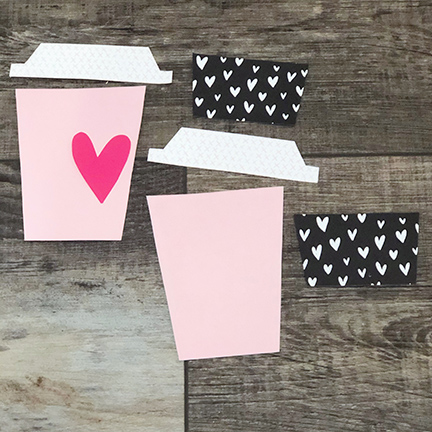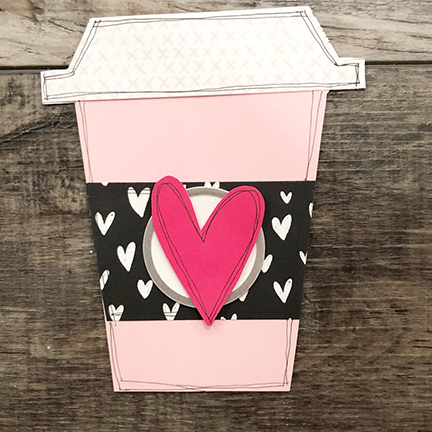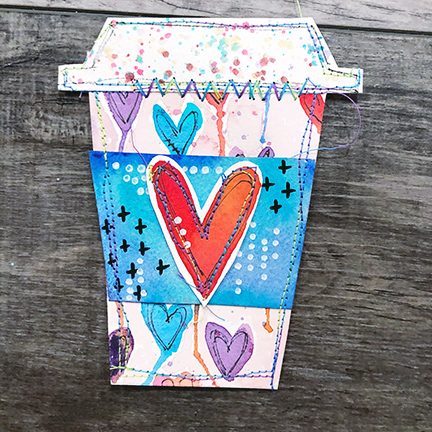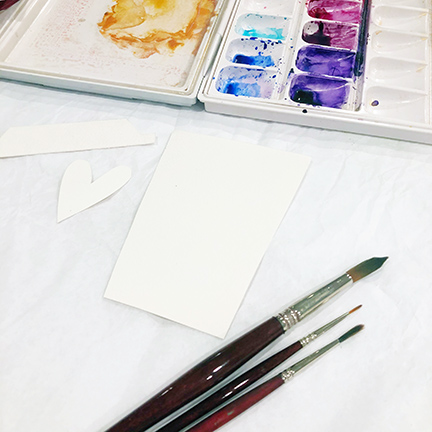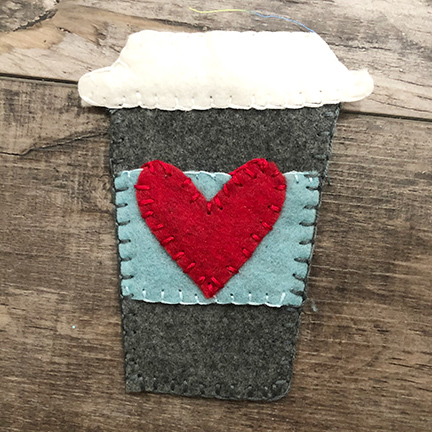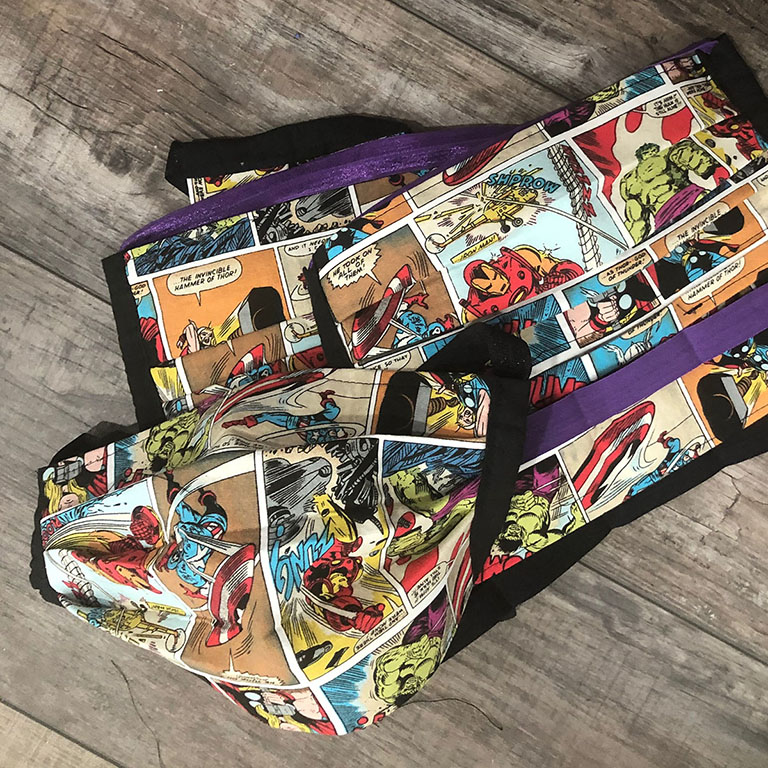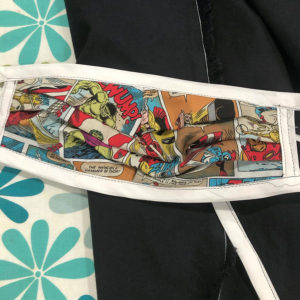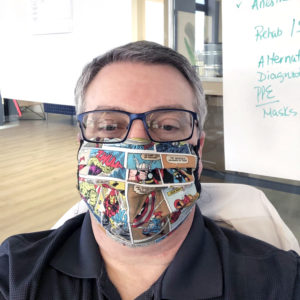So in late October I saw my first temperature quilt. I had heard of crocheted temperature blankets. But I don’t crochet any more (or at least, not in years). Although, truth be told, every time I donate my extra yarn and hooks, I literally decide 3 months later to crochet something. Right? Who’s with me?
Imagine my delight when I realized people could do a temperature quilt! Down the rabbit hole I went. So many beautiful examples. So many patterns. So many colorways. Some document just the high temp. Some the high and low. Some even include the mid-range temp and/or the weather. Oh the possibilities…it was a fun diversion on the long car ride to and from Syracuse for family weekend.
If you’re not familiar with temperature quilts, it’s a year-long project where you use the temperature each day for a particular city (I’m choosing to do my current hometown, Cincinnati), to determine which fabrics you put in your block. Fun, right? I love that the weather – incredibly unpredictable right now, will determine how this quilt comes together.
I’ve made a chart with temperatures ranging from 0 to 95 degrees with 3 degree increments(although over the last few years, we’ve had very few temps 15 degrees and lower, so that range is a bit larger). I’ve selected fabric for each 3-degree range, for a total of 19, and 6 more for the weather. With my research done, and my fabric picked, I needed to choose a pattern.
With January 1 just around the corner, I’ve finally committed to a design. (Cue the trumpet sound.) I pinned this lovely quilt from Noodlehead that I’m using for my inspiration. I think it’s called a Split Quarter-square Triangle – or maybe just a Quarter triangle? I don’t know. Here’s what the blocks look like: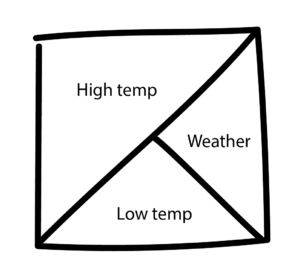
I’m using mostly Art Gallery solids (with a few Tula Pink Unicorn Poops thrown in) for the high and lows. And I knew I wanted to include the weather (Sunny, partly cloudy, cloudy, rainy, snowy, stormy,) and am using low-volume whites/greys for the weather. Here’s my fabric plan:
My goal was for the finished block to be 3 inches, but math isn’t my thing. You lose more than .25 inch on the diagonal quarter half squares (who knew)?? So, My squares will finish at 2.5 inches. I’m planning 18 columns – and 22 rows, for a final size of 45 X 45, which is a bit smaller than I’d like. So, I’ll likely be adding a border and a legend to make it all just a bit bigger.
Here’s another fun thing: I’ve never been much of a weather girl. I usually figure I’ll know it when I see/feel it LOL. But it’s been fascinating this first week to pay attention. We started the week at 64 degrees for the high, and one day had 18 as the high. We’ve had rain, partly cloudy, cloudy and snow. I think it’s going to be quite fun to watch the year progress in weather. Hope you enjoy following along!
Cheers!
